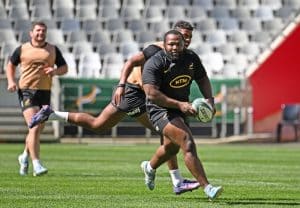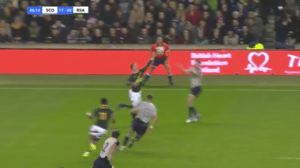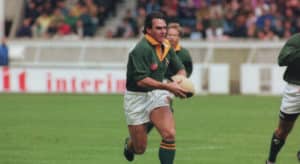Former Springbok flank Heinrich Brussow says Rassie Erasmus was one of the first South African coaches to pick players based on their skill rather than their size.
Brussow played a starring role in the Springboks’ 2-1 series win over the British & Irish Lions when they last toured South Africa in 2009.
The openside flank gave the Lions a headache at the breakdown as he won turnover after turnover for the Springboks in a reminder that smaller forwards can also have a massive impact in Test rugby.
Lions coach Warren Gatland will name his squad for the 2021 series in South Africa on 6 May, with loose forwards Hamish Watson and Josh Navidi, who have a similar build to Brussow, putting their hands up for selection.
It has been debated in the UK whether Watson or Navidi should be in the squad, given that the Springboks are likely to stick with their sizeable back row of Duane Vermeulen, Pieter-Steph du Toit and Siya Kolisi.
Speaking to The XV, Brussow explained the importance of looking past size when selecting players and the role that Erasmus played in his career when the current SA Rugby director of rugby backed him at the Cheetahs.
‘Here’s the thing: if you only pick players who can bully the opposition, sooner or later you will come up against another team that can match your size and strength – and they will bully you right back. Then you will need something extra to win the contest,’ Brussow explained.
‘Someone like Rassie was always open to new ways of playing the game.
‘Rassie is one of the coaches who has moved past the “bigger is always better” selection policy. We saw what was happening at the 2019 World Cup with a few smaller forwards and backs in the side. It’s great to see how much things have changed.
‘Look, you can be smaller, but you still have to be strong enough to play the game. That’s always a given. You look at some of the smaller players today: really strong players who can thrive in contact, who can add something at the breakdown and in open play.’
Photo: Gallo Images





